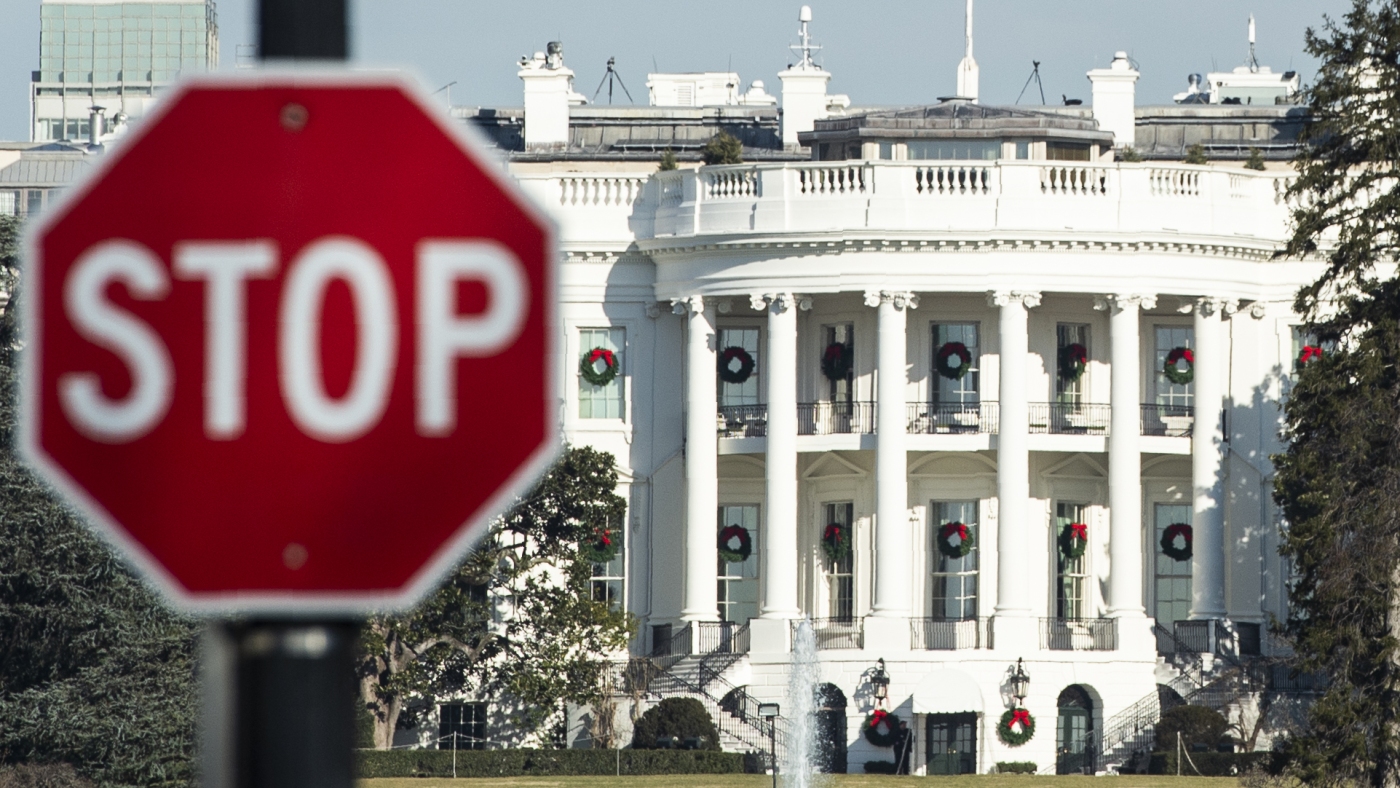Physical Address
304 North Cardinal St.
Dorchester Center, MA 02124
Physical Address
304 North Cardinal St.
Dorchester Center, MA 02124


A stop sign is seen near the White House during a government shutdown in Washington in December 2018.
Andrew Caballero-Reynolds/AFP via Getty Images
hide caption
toggle caption
Andrew Caballero-Reynolds/AFP via Getty Images
Congress is in a familiar situation: on the brink of a government shutdown without a clear plan to avoid it.
Lawmakers are scrambling to find a way forward after President-elect Donald Trump and his adviser Elon Musk destroyed plans to pass a bill to fund the government until March 14 over the size and scope of the bill’s other provisions. The bill also included must-pass items like funding for farmers and communities hit by natural disasters.
Lawmakers have until midnight on Friday to avoid a shutdown. If they can’t reach an agreement, here’s what could happen:
Federal workers that are designated ‘essential’ would stay on the job and face a delay in payment, just ahead of the holidays. Hundreds of thousands of federal workers would be furloughed — essentially suspended from work.
Federal agencies began notifying their employees of potential furloughs on Friday, White House press secretary Karine Jean-Pierre told reporters.
“We believe there’s still time for Congress to prevent a partial shutdown,” Jean-Pierre said. “But in the interests of prudent planning, we want to be prudent here, agencies did start notifying their employees of their potential furlough today at noon.”
Agencies last updated their shutdown plans in the fall of 2023. Those plans detail how many employees would be furloughed in the event of a shutdown, and how many are exempt, like jobs deemed essential to safety or related to the president’s constitutional duties and powers.
Some furloughs only begin if a shutdown lasts longer than five days.
“A government shutdown would deliver a devastating blow to hardworking federal employees and the millions of citizens who rely on essential government services,” said Everett Kelley, the president of the American Federation of Government Employees, which represents 800,000 civilian federal employees. “Over 642,000 of them are veterans of our armed services. Allowing them to go without a paycheck over the holidays is unacceptable.”
All active-duty military remain on the job but the Department of Defense has more than 700,000 civilian employees, many of whom would be furloughed during a shutdown.
Most workers at science agencies like National Institutes of Health would also be furloughed.
In previous shutdowns, the IRS prepared for roughly two-thirds of its employees to be furloughed, meaning the agency stopped responding to taxpayer questions or auditing tax returns.
Federal contractors not directly employed by the federal government would go unpaid. While federal employees typically receive backpay once the government reopens, contractors do not. Those contractors include janitors, food service workers and other support staff.
Other changes to expect during a shutdown include: